Sowing of green manure is usually done in the fall, after harvesting. But tomatoes grown in a greenhouse require additional care when sowing green manure.
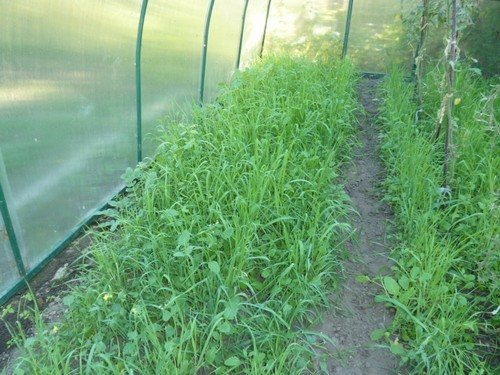
Sowing time
According to the classical scheme, sowing of green manure crops is carried out after harvesting the entire main crop. However, greenhouse-grown tomatoes tend to bear fruit until late autumn. Sometimes, fruits can be observed even after the onset of frost. Naturally, there is no point in waiting so late for sowing crops.
Therefore, the classical method is not applicable in greenhouses. Sowing green manure in a greenhouse begins in August. Also, it is imperative that there should be no lying or fallen leaves on the ground at the time of sowing.
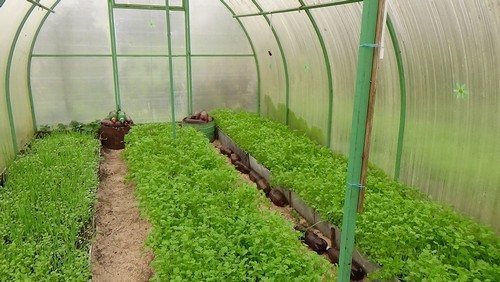
Determining the required variety
As has been proven by many gardeners, it makes no sense to choose one type of green manure for tomatoes. Special selection and different crops in the total mass give the same results. But a mixture of different types can increase performance many times over.
Main functions of green manure:
- reduction of growth activity of parasitic microorganisms;
- increasing the concentration of minerals on the surface;
- increasing the enrichment of the root system and fruits of the plant with minerals;
- allows you to avoid the mandatory replacement and renewal of soil;
- increases the amount of nitrogen in the upper layers of the soil;
- increases the physical readings of the soil.
In order to determine the optimal combination, you can use the recipes of friends and acquaintances. Based on the results, the proportions should be varied.
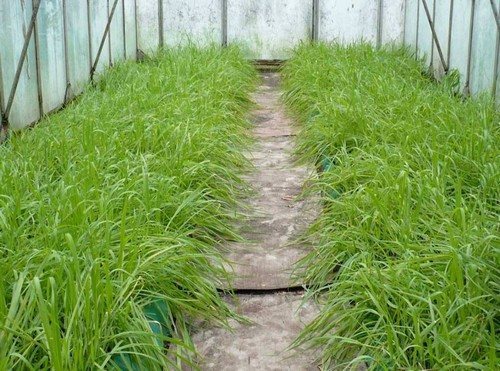
Crops used for tomatoes
Cereals
Cereals are often used as the basis for the mixture. Rye and oats are often preferred. Such crops tolerate winter well and do not require additional mowing before sowing tomatoes.
It is best to use cereal crops if there is a lack of potassium in the upper layers of the soil.
Legumes
If there is a nitrogen deficiency, it is better to use more legumes. Thanks to their plant properties, they can absorb nitrogen from the air and enrich the soil with it. For use in combination with cereal crops, it is better to use vetch. It showed good results of joint growth and increased yield.
Cruciferous
The peculiarity of using cruciferous vegetables is their unique ability to enrich with iron. This happens due to bacteria living on the roots of these plants. There is a lot of iron in the soil, but, unfortunately, it exists in a form unsuitable for absorption by tomatoes. But cruciferous vegetables receive recycled iron in a suitable form. Because it is processed by bacteria, and through the roots it enters the plants. One of the best representatives of cruciferous vegetables for planting with tomatoes is mustard. It is sown together with the rest of the green manure and gets excellent results.
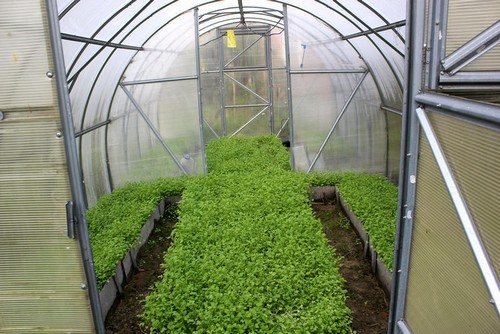
To get a good harvest, it is worth sowing all types of green manure that are available.Depending on the results, over time, the ideal proportion of the desired plants will be obtained.


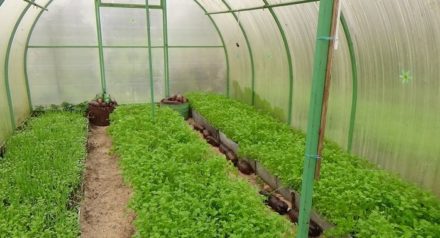

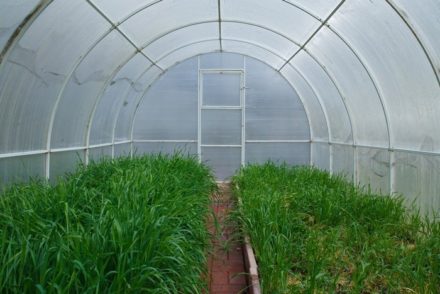
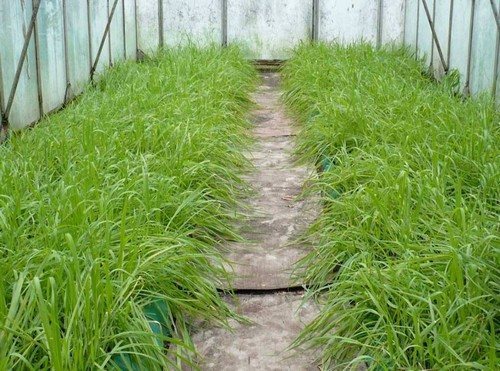
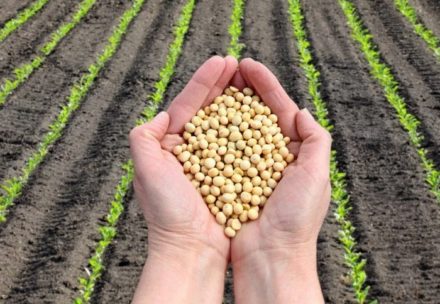

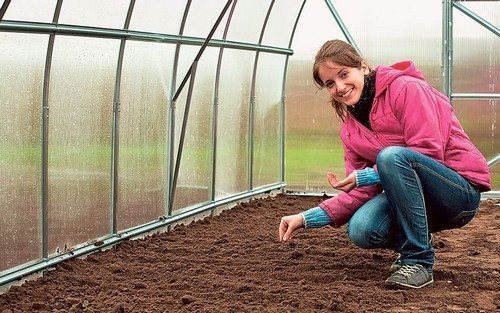
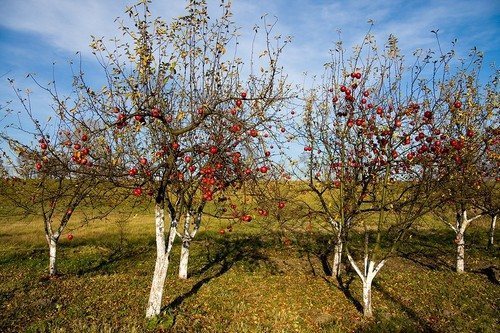



Sederates remaining in the greenhouse increase the risk of dangerous insects, such as whiteflies, overwintering there. Therefore, my advice is to treat the beds with a solution of peracetic acid: a mixture of table vinegar (1 l) with a glass of 3% hydrogen peroxide. One glass of solution per bucket of water. Water the soil thoroughly. You can lay a film over the treated soil to enhance the effect.